Roger von Oech, author of A Whack on the Side of the Head, introduced the concept of soft thinking as a necessary ingredient to creativity. In contrast to academic thinking, which is typically ‘hard,’ ingenuity and i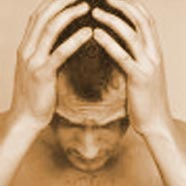 magination is the result of ‘soft thinking’. Soft thinking is more playful, spontaneous, unconstrained, and much less concerned with finding the answer.
magination is the result of ‘soft thinking’. Soft thinking is more playful, spontaneous, unconstrained, and much less concerned with finding the answer.
If you follow writers’ blogs or artist sites in general, you’ll inevitably encounter the issue of writer’s block. Often described as an absence of inspiration, a creative drought, or the lack of motivation to start or continue a project, it’s a condition that plagues even the most industrious. It’s also possibly linked to too much hard thinking.
As an insomniac, I tend to blame my restless nights on hard thinking. Tossing in bed, mulling characters, tying up loose plot ends, and generally yearning to transcend the mediocre. I just can’t seem to give it a rest.
Maybe I need to stand on my head.
Well, at least that’s what Betty Edwards suggested. Her famous book, Drawing on the Right Side of the Brain, contains a wonderful series of exercises for people who think they can’t draw. One of her assertions is that creativity is not something you’re born with, as most assume; rather, it is a learned skill. Or, to be more precise, it’s an unlearning skill. For example, one exercise she uses for the artistically challenged, is the upside-down drawing exercise. It goes like this:
Find a line drawing that you like. It can be the work of a master, a cartoon, anything.
Turn it upside down.
Now, without turning the page right-side up, draw what you see, trying to ignore the subject and focusing strictly on the lines, shades, spaces and proportions of the original.
So in other words, if you’re creatively constipated, turn things upside down.
Ms. Edward’s rationale is based upon brain research. The brain has two sides; the left side thinks in concrete, linear terms, while the right is conceptual and non-linear. Left-brainers are logical; right-brainers are intuitive. In this sense, creativity flows from right-brain activity. According Edwards, by doing the upside-down exercise, “…you’re disabling your left-brain, which can’t see or handle such abstractions, and allowing your right-brain to do all the work.” In theory, drawing upside-down pictures disarms our normal mode of thinking and challenges us to see things differently — in abstraction — which is a right brain function.
Standing on your head, artistically speaking, is soft thinking. It’s inverting the obvious, a template for creative irrigation. Ingenuity is not a matter of doing something that has never been done, but looking at what is already there in a new way. In a sense then, everything you need to be more creative is already at your disposal. All you need to do is turn it upside down.
G.K. Chesterton said as much when discussing the duty of the artist:
The dignity of the artist lies in his duty of keeping awake the sense of wonder in the world. In this long vigil he often has to vary his methods of stimulation; but in this long vigil he is also himself striving against a continual tendency to sleep.
Some view the artistic life as one long cerebral jaunt along the seashore, an endless latte at the cafe, lazy days ensconced in quixotic locales and long nights hobnobbing with the Inklings of our inner circle. In contrast to that blithe, mythical artist, Chesterton describes a “long vigil,” a “striving against a continual tendency to sleep.”
Your duty as an artist is in “keeping awake the sense of wonder in the world.” And you can only accomplish this with soft thinking.
Sure, our “methods of stimulation” will vary. Kathryn Lindskoog, in her wonderful book, Creative Writing, For People Who Can’t Not Write, catalogs a cluster of writerly oddballs and their quirky search for the elusive muse:
If creativity is partly a matter of having the right brain waves going in the right part of the brain, what can a person do physically to enhance creativity? Many writers and thinkers have come up with ideas of their own. Bosset wrapped his head in furs, Schiller wrote with his feet in ice water and smelled rotten apples, Prouse lined his room with cork and kept the windows shut tight, Turgenev kept his feet in a bucket of hot water, Swinburne isolated himself, Oswald Sitwel wrote best in hotel bedrooms, Thackery wrote best inside the busy Athenaeum Club in London, Voltaire dictated while sitting in bed, Descartes and Rossini created flat in bed, Victor Hugo composed on top of a bus, Samuel Johnson thought best in a moving carriage, Trollope wrote in a train, Thackery and Sothey could get ideas only when holding a pen, Balzac drank poisonous quantities of black coffee, Tennyson got his best ideas in spring and summer, and Einstein got his best ideas while shaving. Woody Allen prefers to write on a bed, with no noise or music to distract him. Agatha Christie said that the best time for planning a book is when you’re doing the dishes.
Ice water and hot water and furs and rotten apples and moving carriages and “poisonous quantities of black coffee.” Egads! Is it just me, or is this soft thinking hard?

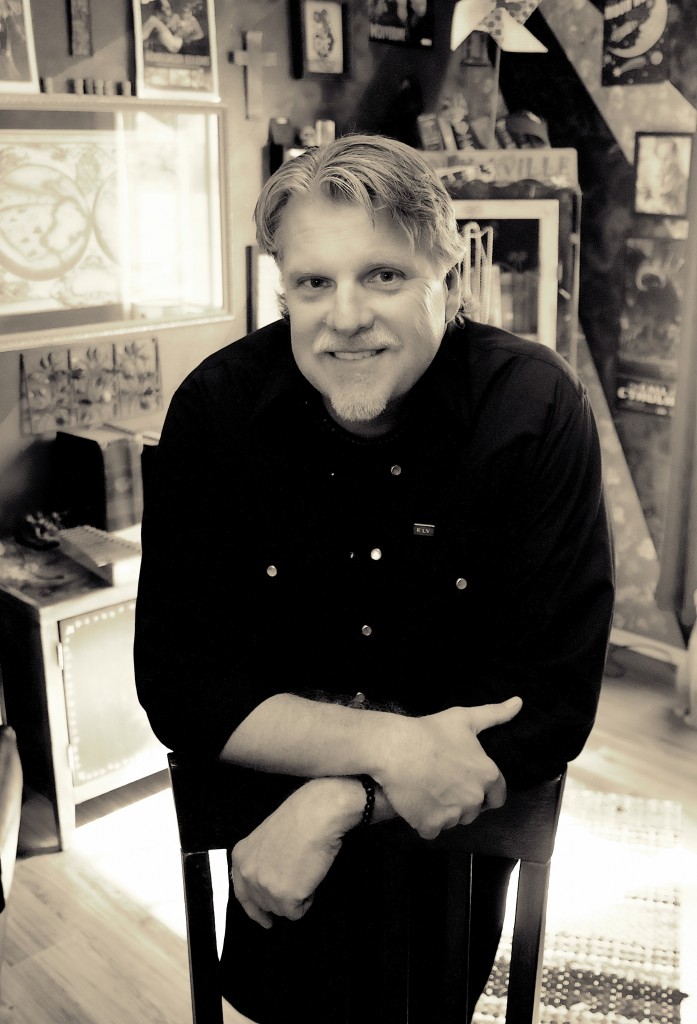

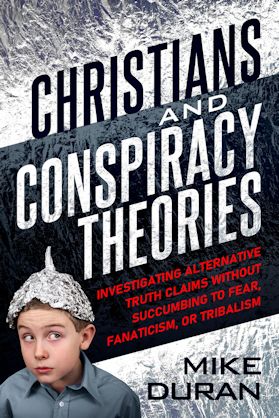
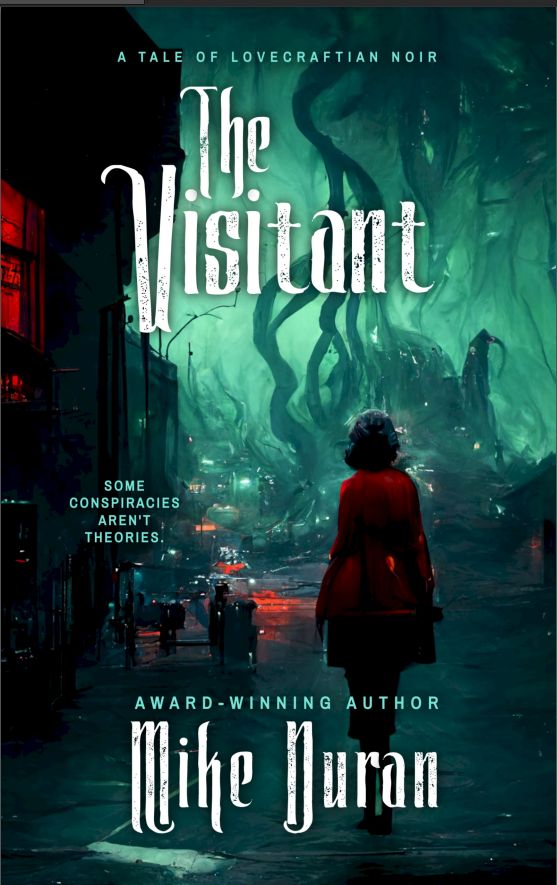

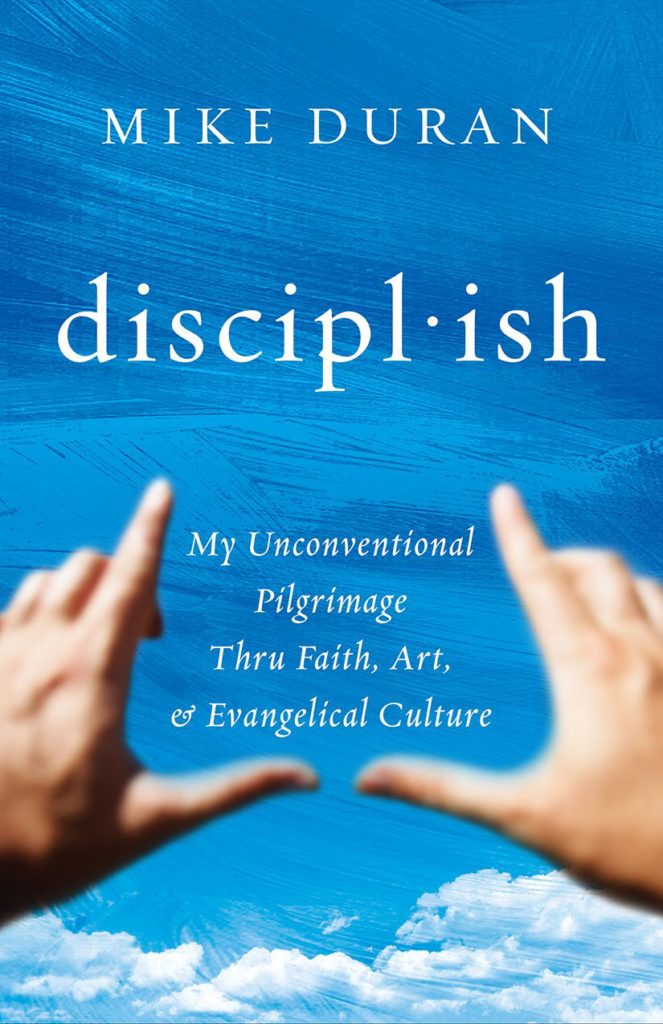
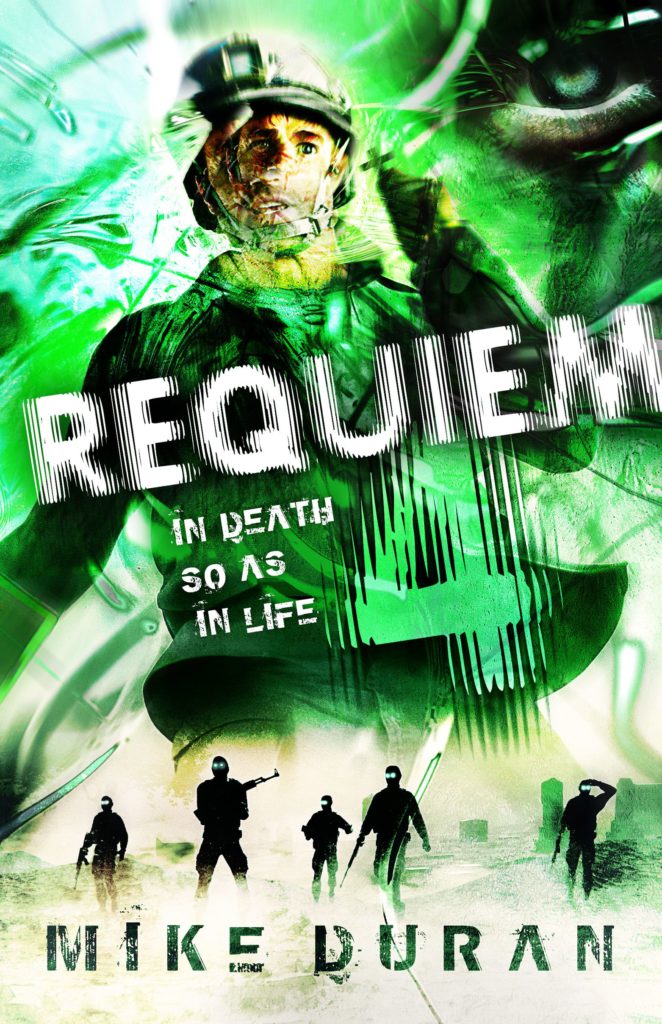

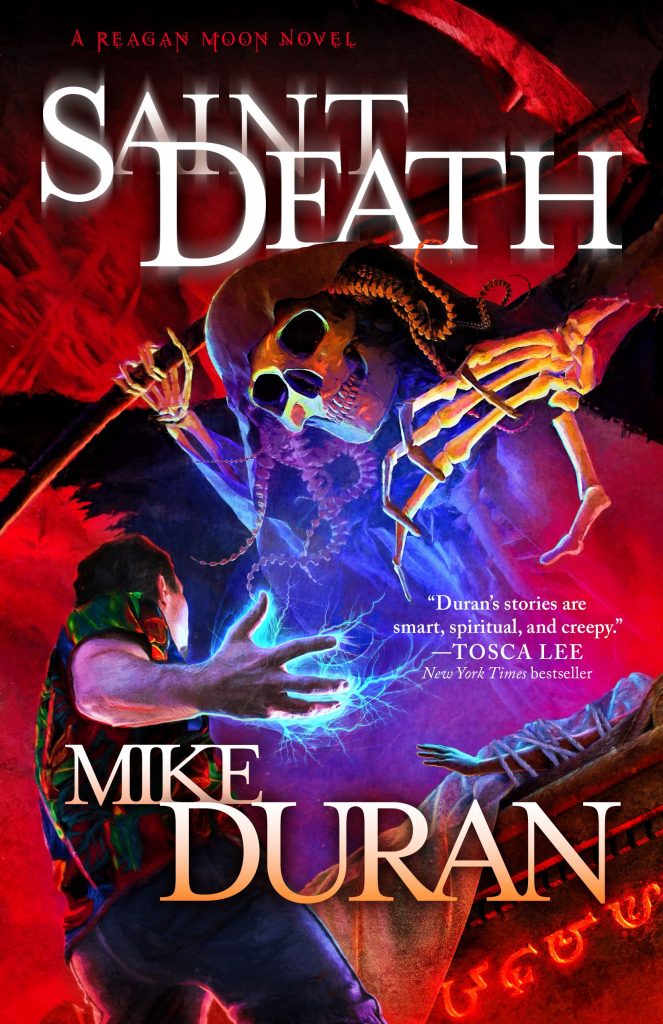
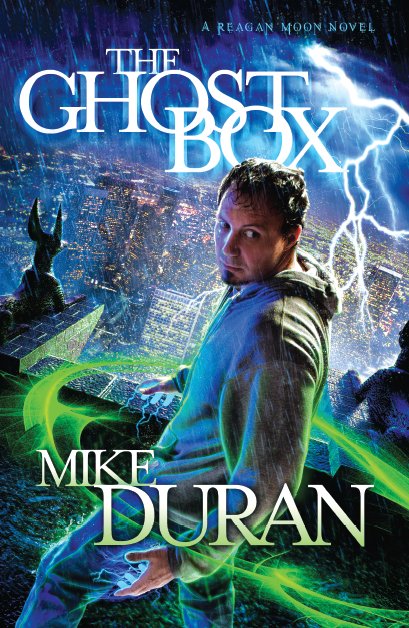

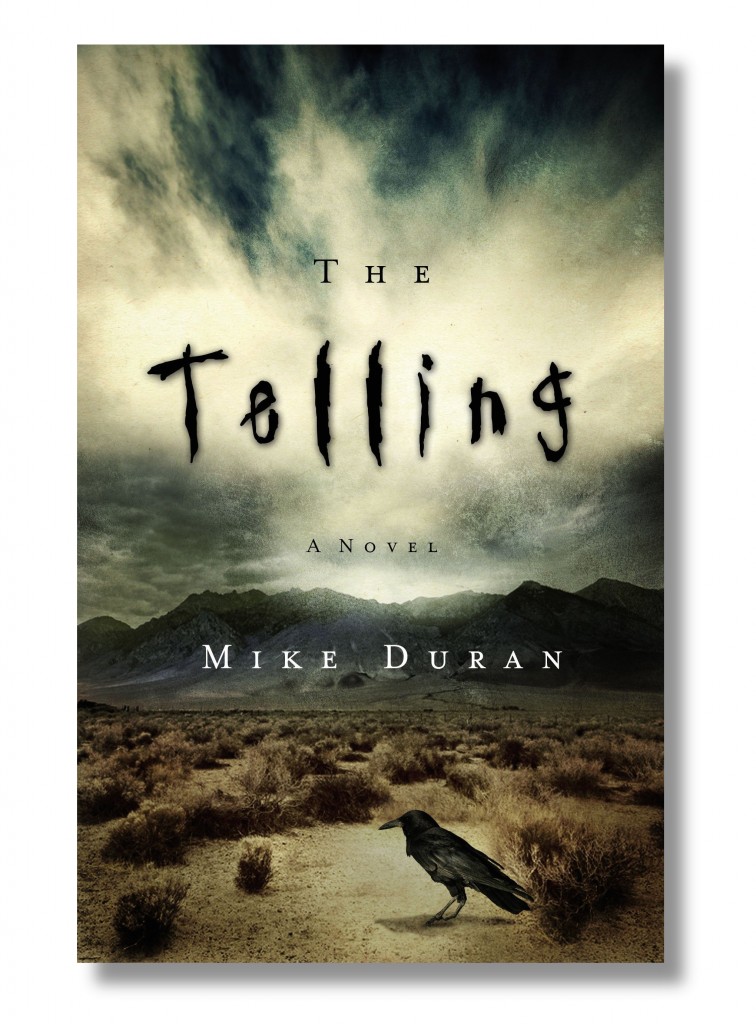

You know, I’ve often wondered about the whole right-brained/left-brained thing and how much is practiced and how much you’re born with. I’ve been more or less one side or the other depending on my circumstances and what they demand of me (what I practice, in other words). I believe everyone can be (and should be) creative in different things.
On the other hand, can we say that anyone could’ve been Mozart if only they’d worked hard enough?
I’ve taken an inordinate number of blows to the head in my lifetime. Soft thinking comes way too naturally for me. I think if I turned my head to the side, I could stock a Dairy Queen with the goop that would come out.
Cool post, Mike!
Heather asked: “…can we say that anyone could’ve been Mozart if only they’d worked hard enough?” Perhaps if we weren’t so creatively constipated and boxed in by conventional thinking, we’d see more Mozarts. But “working hard” is not the solution as much as is “working differently.”
In times of irresistable objects meeting immovable mass, my hemispheres laugh at the quote, and thus loosen up, ” If you take a book and strike it against your head, and precive a hollow tone, it does not mean the book is empty.”
Love the site Mike, it’s inspired.